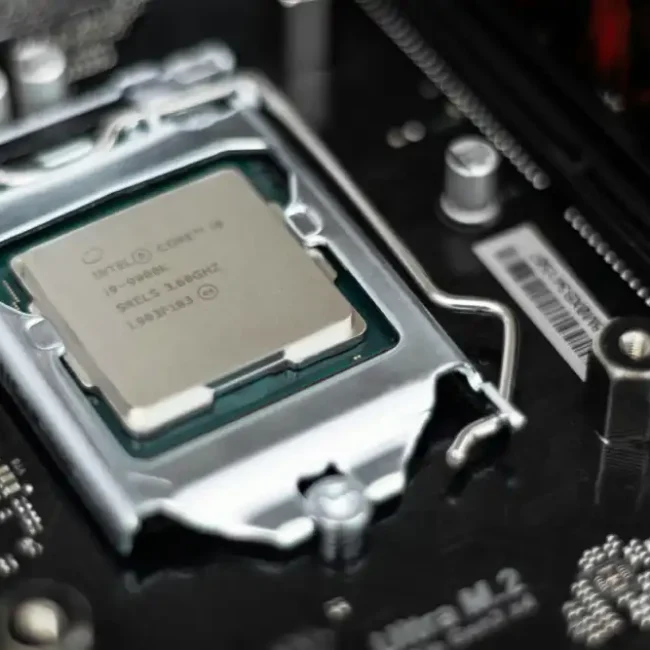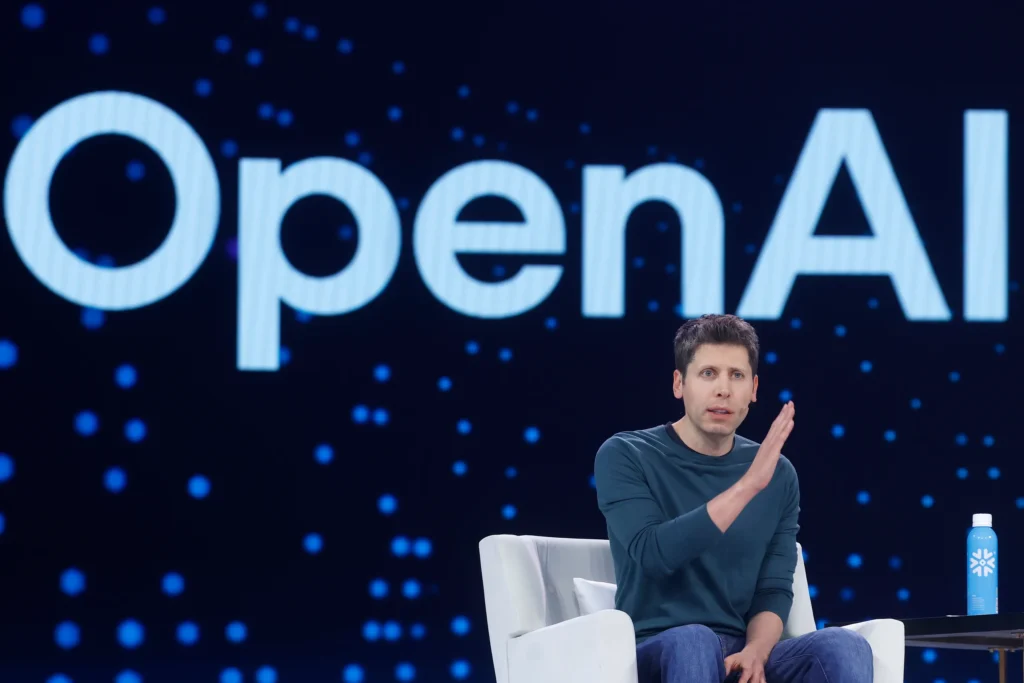OpenAI has introduced ChatGPT-Gov, a tailored version of its popular chatbot designed specifically for use by federal agencies. The launch marks a significant step in integrating artificial intelligence (AI) into government operations, promising enhanced efficiency, streamlined workflows, and improved public services.
What is ChatGPT-Gov?
ChatGPT-Gov is a secure, specialized version of OpenAI’s flagship conversational AI, designed to meet the unique requirements of federal agencies. The platform is equipped with features aimed at enhancing functionality while ensuring data privacy and compliance with government regulations.
Key Features
- Security and Privacy:
- ChatGPT-Gov operates within a secure environment that complies with federal cybersecurity standards, including FISMA and FedRAMP certifications.
- Customizability:
- The system can be tailored to address the specific needs of different agencies, such as handling citizen inquiries, automating internal workflows, or supporting decision-making.
- Scalability:
- Designed to support the diverse and large-scale operations of federal agencies, ChatGPT-Gov ensures reliable performance even during peak usage.
- Data Sovereignty:
- All data remains within government-controlled servers, addressing concerns about data ownership and cross-border data transfer.
Applications Across Federal Agencies
ChatGPT-Gov is poised to transform operations across various government departments:
- Public Services:
- Enhancing citizen engagement by responding to queries, providing information, and guiding users through government processes.
- Internal Administration:
- Automating repetitive tasks like document processing, meeting scheduling, and data entry, freeing up staff for higher-priority activities.
- Policy Analysis:
- Assisting policymakers by analyzing vast datasets, generating reports, and simulating potential policy outcomes.
- Emergency Management:
- Supporting disaster response by providing real-time information, coordinating resources, and communicating with affected communities.
Advantages for Federal Agencies
- Efficiency:
- By automating routine tasks, ChatGPT-Gov enables agencies to allocate resources more effectively.
- Cost Savings:
- The AI system reduces operational costs by minimizing the need for manual labor and improving workflow efficiency.
- Enhanced Accessibility:
- ChatGPT-Gov ensures 24/7 availability for public services, bridging gaps in accessibility for citizens.
Challenges and Considerations
While ChatGPT-Gov offers numerous benefits, its implementation comes with challenges:
- Data Security Concerns:
- Despite robust safeguards, ensuring absolute protection against cyber threats remains critical.
- Bias and Accuracy:
- Addressing biases in AI responses and ensuring accuracy in sensitive areas like law enforcement or public health is essential.
- Adoption Barriers:
- Training employees and integrating the system into existing workflows may require significant time and resources.
Broader Implications for AI in Governance
The introduction of ChatGPT-Gov reflects a broader trend of leveraging AI to modernize government operations:
- Global Leadership:
- The U.S. government’s adoption of AI demonstrates leadership in digital transformation, setting an example for other nations.
- Public Trust in AI:
- Successfully deploying AI in governance could enhance public trust in AI technologies, showcasing their potential for positive societal impact.
- Policy Frameworks:
- The initiative highlights the need for robust policies to govern AI use in public sectors, ensuring ethical and transparent implementation.
Conclusion
OpenAI’s launch of ChatGPT-Gov signals a new era of AI integration in federal operations. By addressing specific agency needs and ensuring high standards of security and privacy, ChatGPT-Gov has the potential to revolutionize how government interacts with citizens and manages internal processes. As adoption expands, this innovation could redefine the relationship between technology and governance.
For more information, visit Semafor.





